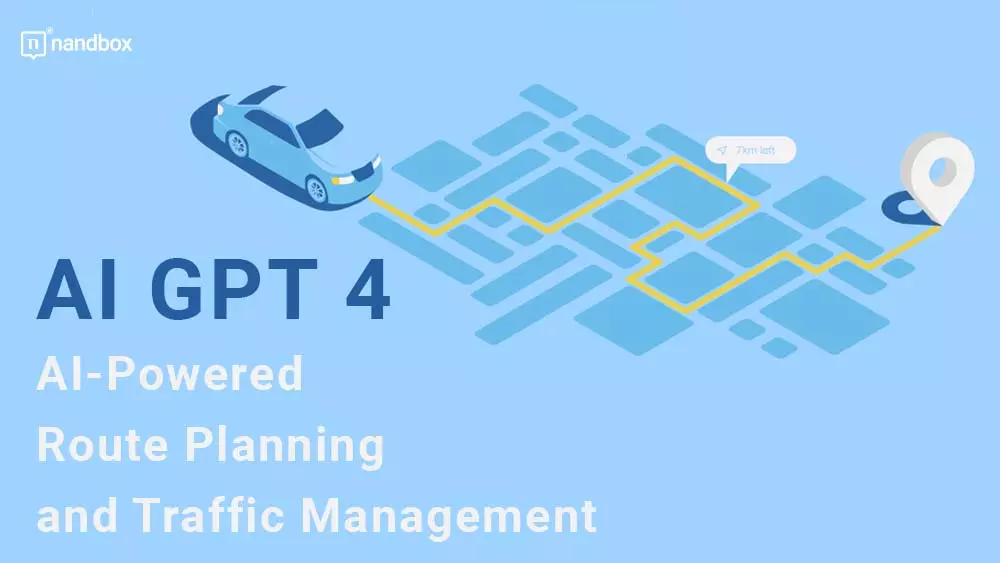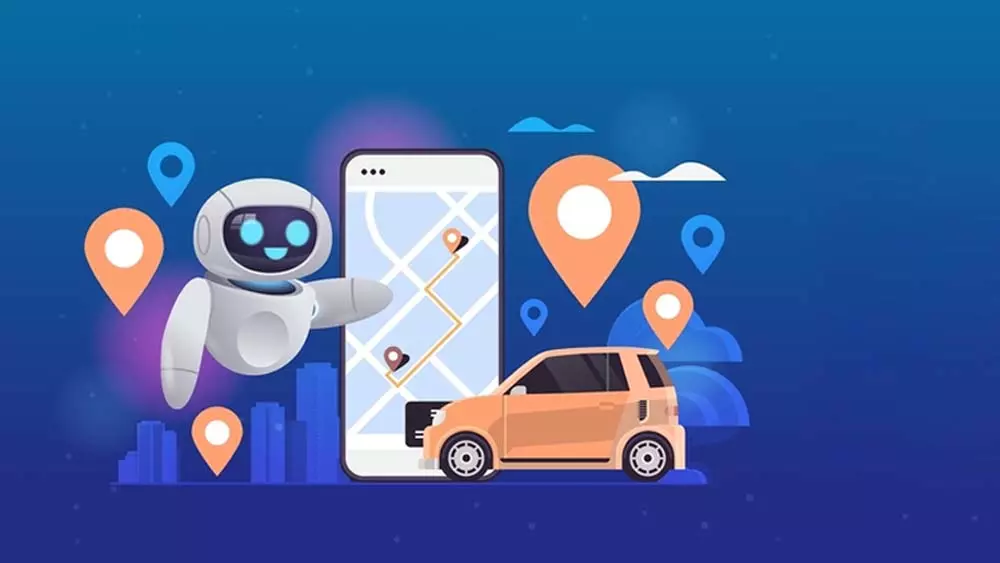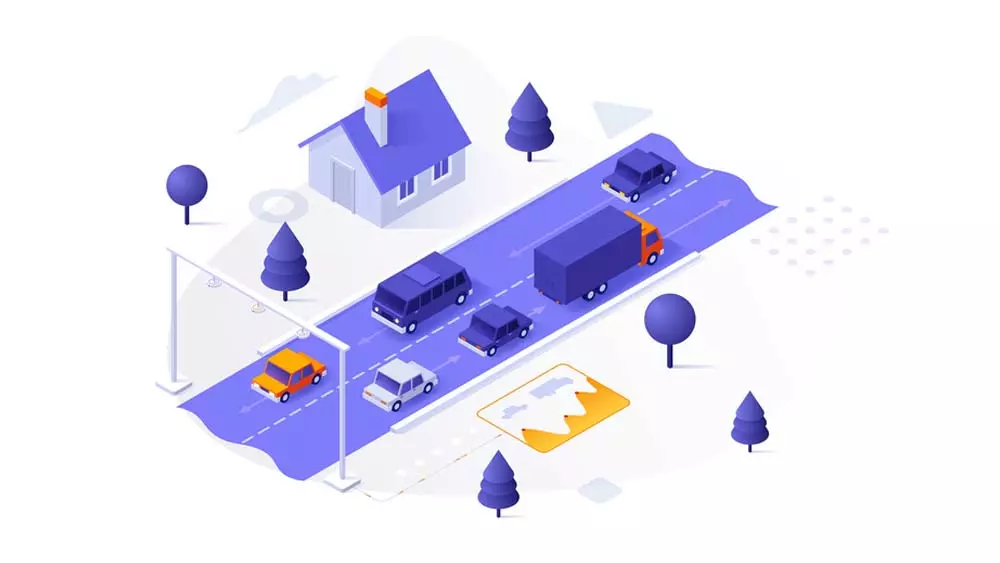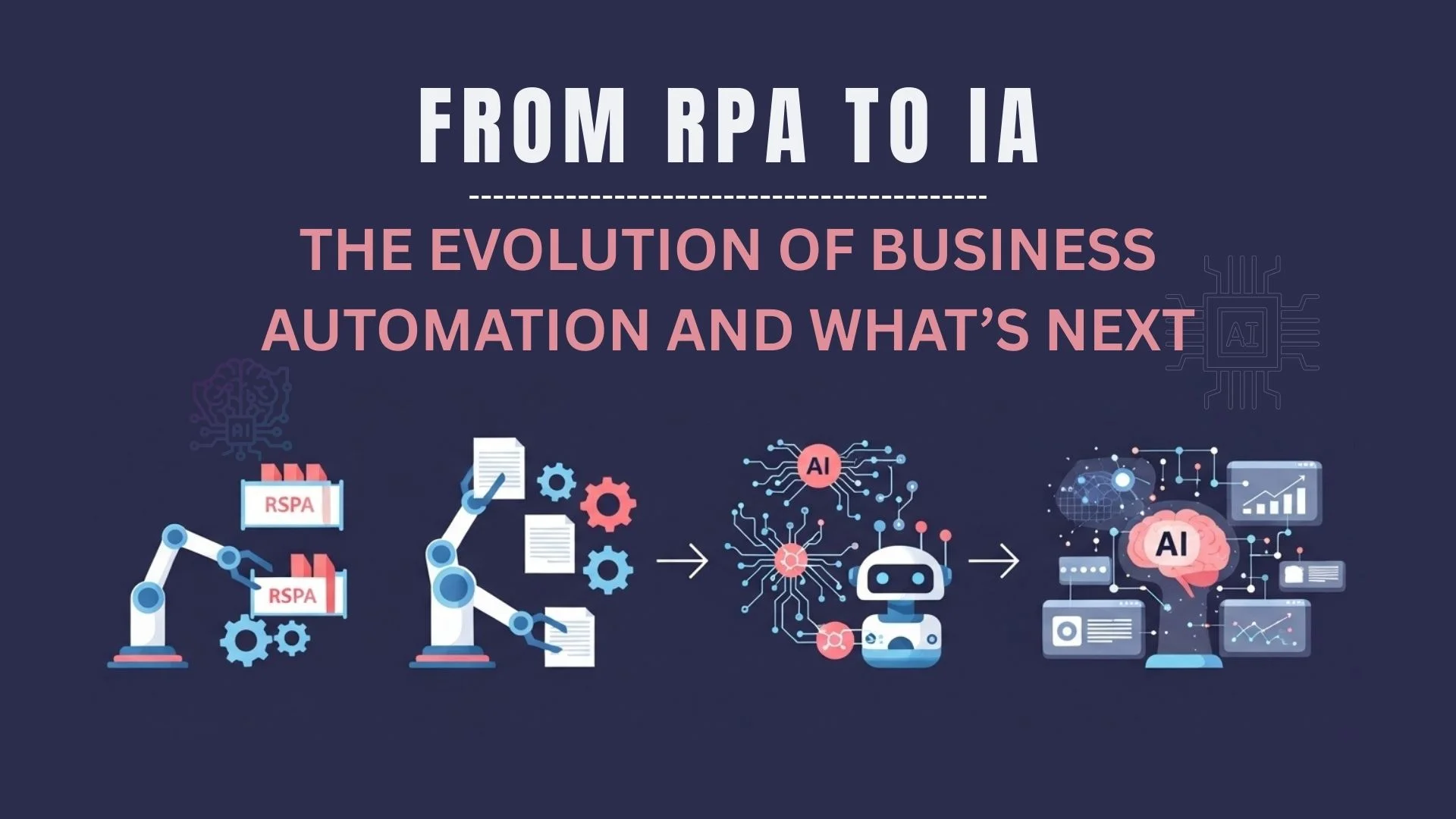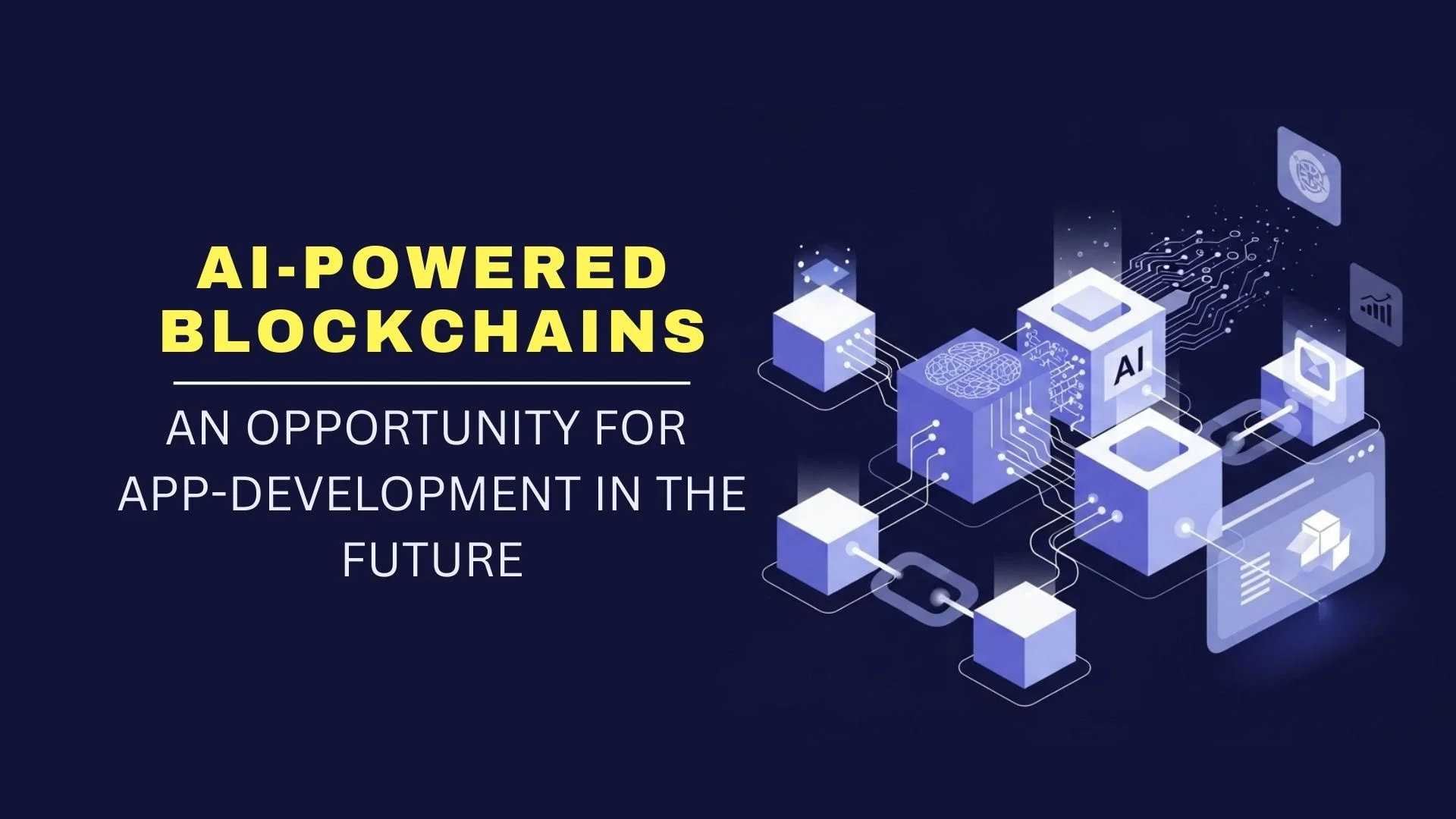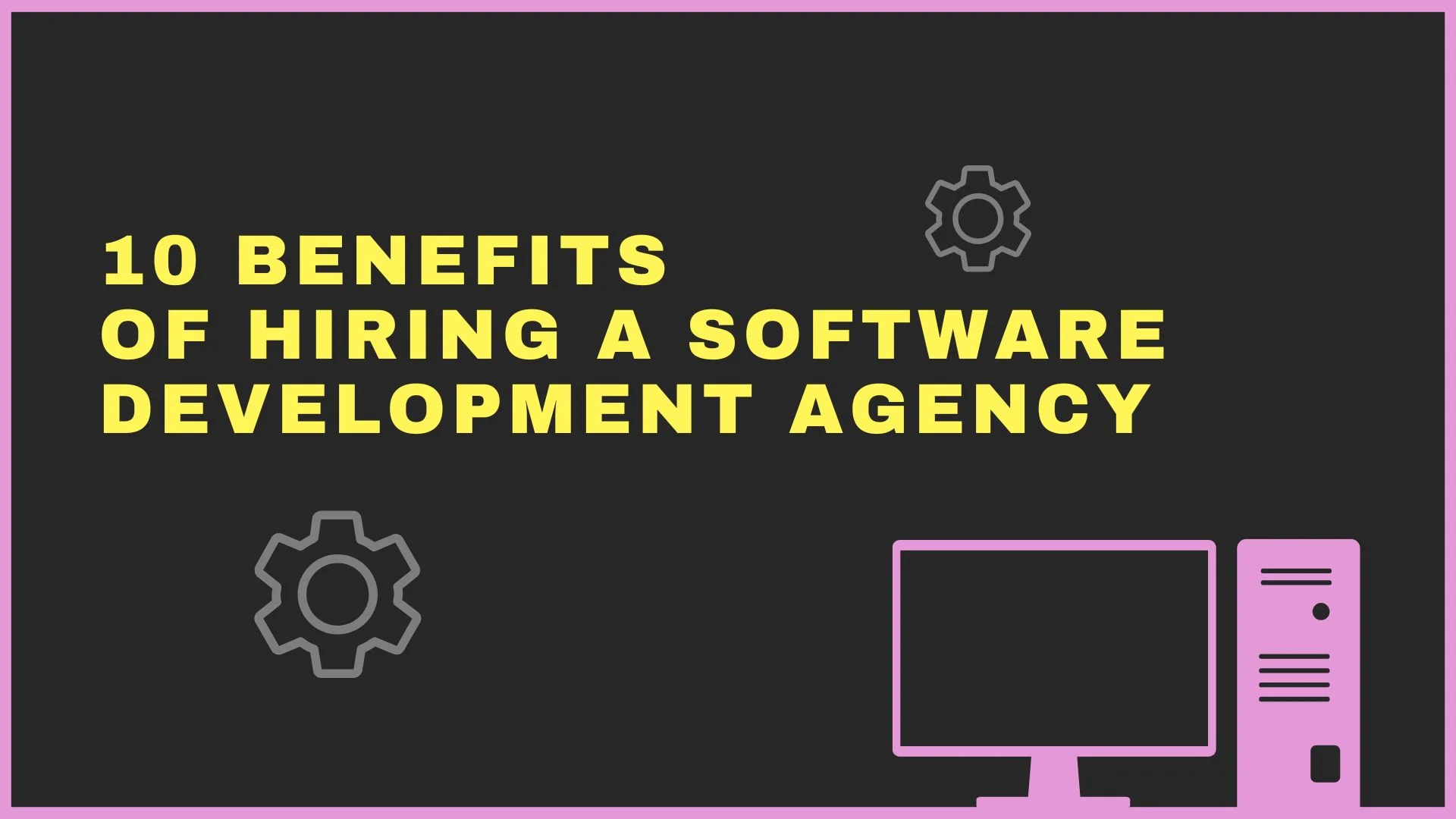With every technological evolution that happens, there is a new gateway to everything. Artificial intelligence (AI) is changing how we think about transportation and traffic management. We can do multiple things through AI to manage transportation and traffic. For example, we can now optimize several things. Like traffic flow, minimize congestion, and increase overall efficiency with the use of AI GPT 4. This bot uses AI to plan routes, which would make a lot of our transportation and traffic management work easier. In this article, we will dive into what AI GPT 4. In addition to knowing how it revolutionizes our technological perspectives.
What Is AI GPT 4?
Chat GPT-4, aka AI GPT 4, is a chatbot created by OpenAI. The bot was created to enhance our daily lives through its services. AI GPT 4 uses machine learning to produce questions and replies using natural language processing. It operates by scrutinizing a query, dissecting it into its component pieces, and then locating the most pertinent data. Automation of customer service, individualized advice, and even event prediction are all possible with the help of technology.
The management and planning of smart cities are two of the most intriguing uses of Chat GPT-4. Urban planners can gain important insights from the technology’s analysis of data from different devices. Like sensors, cameras, and other devices positioned across a city. For instance, Chat GPT-4 can use traffic data analysis to pinpoint congested regions. Additionally, it can use police information to pinpoint crime hotspots. Using this information, you can come up with better ways to plan cities if this is your field of work. This proves how efficient this new technology is.
Integrating AI With Transportation and Traffic Management
Traffic congestion is considered one of the worst economic nightmares that could face any economy. That is due to several factors. Like causing utter frustration to commuters, a drastic loss of time, and a decreased productivity rate. This is why OpenAI introduces its newest bot release. AI GPT 4 is the potential solution to this problem. How can an AI solution help manage traffic? Here are some of the potential problems the bot could solve:
- Monitoring traffic patterns: This could help create smarter and more useful traffic control systems.
- Provide accurate route information: This will help drivers know when to avoid driving at some point. Moreover, where they could expect any traffic ahead, and what alternative routes they could take in order to avoid traffic.
- Optimize routes: This will lead to the needed number of vehicles being sent on public transportation whenever and wherever people need them.
- Give drivers real-time “live” road feedback: This could be very helpful in the event of a natural disaster, a collision, or any other emergency where having a clear road could save lives.
AI GPT 4: How Can It Improve Safety?
When it comes to utilizing AI solutions, people turn skeptical and start doubting: how can they implement “safety” through something as dangerous as an AI solution like AI GPT 4? The answer is, as a matter of fact, quite simple. It’s all about how WE humans program these solutions to do certain things, like, for example, notify authorities in case of a road accident or a natural disaster. Or program them to have the ability to detect any hazards that could cause these accidents in the first place in order to reduce the rate of road traffic and accidents. This could all be possible if we coded or programmed the bot to be able to recognize the traffic flow and identify any potential problem by detecting a change in this flow.
Another thing that smart traffic management through AI GPT can accomplish is emission reduction. It can be used to identify car emissions and notify authorities when levels become too high. Then, decisions on how to minimize emissions, such as lowering speed limits or creating incentives for electric vehicles, can be made using this information.
Challenges of Implementing AI GPT 4 Into the Smart Traffic Management
It all comes down to the expenses it will take to implement the AI GPT 4 into smart traffic and transportation management. Even if the cost of installation is high at first, maintenance costs may be even higher in the long run. The technology’s intricacy might also make it challenging to fix issues or update systems. This may result in expensive delays in problem resolution.
The absence of the infrastructure needed to support AI and STM in many cities is another problem. Several towns don’t have the sensors and tools for collecting data that are needed for the technology to work. This could lead to wrong data and poor performance, both of which could make traffic control less effective. Finally, there are issues with security and privacy. As sensitive data is gathered and stored through technology, it is crucial to make sure that the data is secure and that privacy laws are being adhered to.
Ultimately, even if AI and STM technology have many advantages, putting them into practice presents a lot of difficulties. But cities may successfully use these technologies and enjoy the benefits with careful planning and an awareness of the limitations.
Use Cases of Smart Traffic Management and Transportation Control That Can Be Implemented Through AI GPT 4
There are already a number of ways that AI-powered route planning has been used successfully in transportation and traffic management. For example, the city of Los Angeles has put in place an AI-powered traffic management system that uses real-time data to improve traffic flow and reduce congestion. The Land Transport Authority in Singapore is using AI-powered route planning to find the best bus routes and cut down on commuters’ travel times. And in the Netherlands, the company TomTom is using AI-powered route planning to help trucking companies optimize their routes and reduce fuel consumption. These are just a few examples of how this technology is already making a difference in transportation and traffic management.
Final Thoughts
To conclude this article, there is a lot of potential in OpenAI’s AI GPT 4 when it comes to traffic and transportation management. It could reduce traffic in general, prevent disastrous road accidents, help maintain vehicles, and control public transportation, all of which would be great benefits to people and commuters.
Integrating OpenAI’s Chat GPT, or AI GPT 4, can’t only be done through traffic systems. It could be integrated with applications as well. If you have an app idea that could benefit the transportation sector and want to bring that idea to life, we can help you with that. nandbox is the only native no-code app builder in the market currently. Our app builder can help you make your own app in just a few minutes, even if you don’t know anything about programming or coding languages. Upon signing up, you’ll be met with our 14-day free trial that will help you familiarize yourself with the app builder’s navigation process. Sign up now and bring your app idea to life with nandbox.
